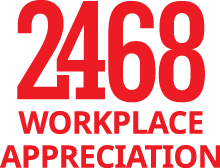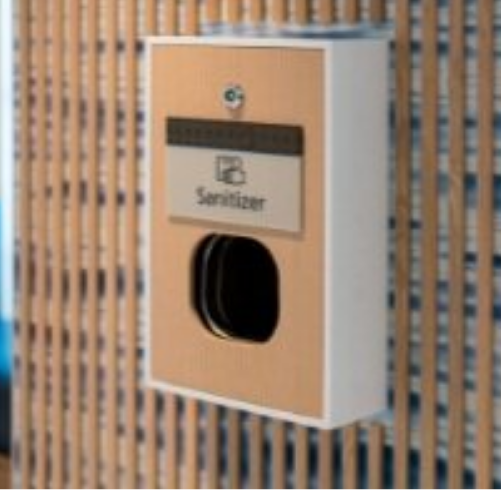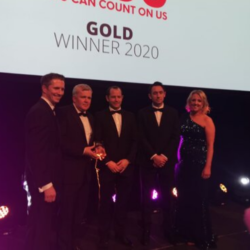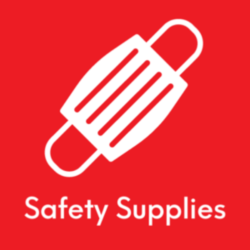We’ve been reading and thinking about the workplace experience as we knew it and how it may change. The ‘New Normal’ is a phrase often bandied about in these contexts, where we’re about o experience a paradigm shift in behavioural norms. We prefer the term ‘the next normal’, as certainly, things and experience will shift dramatically, and for an extended period of time. But this isn’t the first time for this kind of change.
Consider the experience in international travel. Consider the pre 911 era. ‘Normal’ there changed irrevocably after 911. The post-911 ‘new normal’ includes removing shoes coats and belts at airport security and sharing biometric data when we travel. So accustomed are we to these modes of behaviour that we no longer remember their source.
Like post 911 security restrictions at airports have become a new normal for travelling, so public spaces, and workspaces will visibly and permanently adapt in the post Covid-19 pandemic world. It will be the next normal. Here’s some of what we’ve found in review of thinking from designers, architects, facilities managers and business writers.
Visitor screening facilities will become a norm in large buildings, featuring extended entry ways and lobbies integrating security and bio-pathegenic screening. Directional signs will make sure foot traffic around a building flows in one direction ‘ clockwise only’! Lifts will be disregarded in preference to stairs.
Workplace meeting and break out zones will be reconfigured, featuring modular seating to facilitate social distancing. We imagine there being more break zones, with facilities for fewer people to snack safely. These may replace large scale canteen facilities. Self service fresh food will be ceased in favour of pre packaged and ‘heat and eat’ offerings – provided in smaller scale micro service facilities.
Hygiene conduct signage and hand washing facilities will be commonplace in public, at work, in government buildings, even in homes. They’ll be mandatory at entrances and exits to workplaces, as will visitor sign in sheets requesting health information. Workplaces will adapt to accommodate a large cohort of remote or agile workers, as the purpose for the office itself will change. We can expect a whole new level of cleaning procedures, which are highly visible so as to reassure workers, and individual hygiene facilities – wipes and sanitiser at every (screened) work station.
Remote working, or ‘WHF’ will remain a’ norm – as facilities & property managers envisage a dramatic reduction in the return to full time office-based working for large percentage of workers. Technological services will grow in importance, ready and trusted video conferencing facilities, e-learning and training platforms, and project management tools will support this. IT leaders will be heroes!
Wellness itself will be redefined. Time spent indoors with others will need to be carefully monitored so it’s safe. Our buildings and systems need to respond to that- providing light, clean air, nature and sustenance safely. There will be an emphasis on ventilation and pure air.
It will be different, but we will adapt, to thrive and reach new levels of productivity in new ways. And so the next normal will become precisely that.



